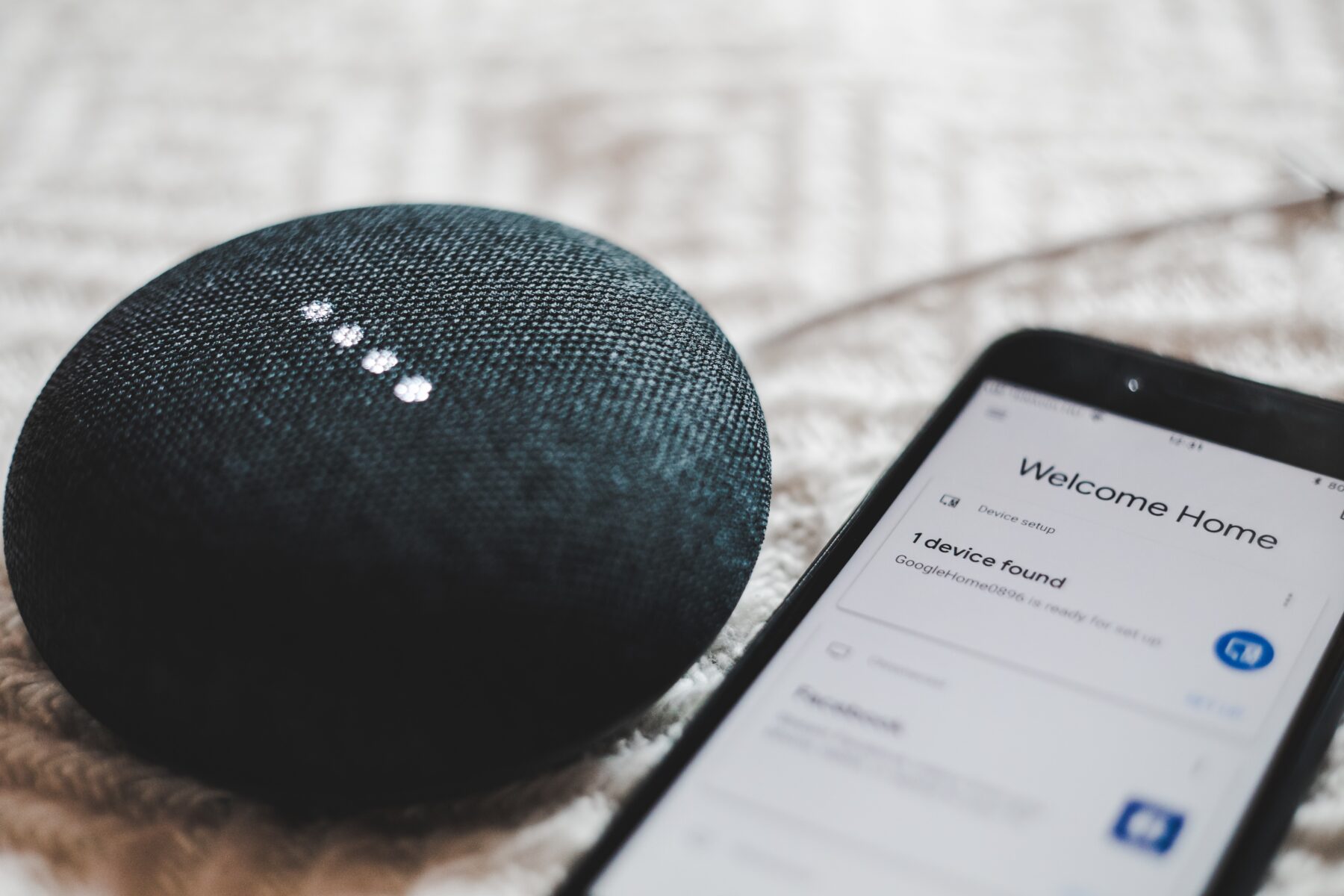The Internet of Things (IoT) gradually impacts all facets of our lives. Even if you don’t currently own one, you’ve probably heard about the Internet of Things devices. Smart products, virtual assistants like Siri, Alexa, and Cortana are making using this technology more straightforward.
But these devices could be better. A lot of manual input is needed to achieve optimal functionality; only a little built-in intelligence exists. You can set the alarm, tell the coffeemaker when to start brewing, and manually set the thermostat times, all independently and accurately. These machines rarely communicate with each other, leaving you as the master programmer for each device. Devices talk to you but not to each other.
This represents an excellent opportunity to create devices that learn your preferences, using Artificial Intelligence and intercommunication to optimally augment the world around you.
Domestic routines are only one of the things that can be improved. Optimization for a single person is just the tip of the iceberg. Imagine a restaurant with flexible lighting and music selection optimized to suit customer preferences, public transportation that does the same, and city networks that optimize traffic flow with self-driving cars.
So when is it worth implementing Artificial Intelligence?
With respect to the Internet of Things, it is often important to distinguish the connections between many sources of information from sensors and external components that are rapidly creating large numbers of data points.
While conventional data analytics would require a model based on past data and master evaluation to establish a connection between factors, AI starts with outcome factors and then naturally looks for indicator factors and their associations.
In general, Artificial Intelligence is significant when you understand what is needed. However, you do not know the critical information factors to decide. So you give the AI algorithm the goals; after that, it learns from the information which elements are essential to achieve that goal.
An impressive example was using Artificial Intelligence in Google and its data center a few years ago. Data centers must stay cool, so you require immense vitality measures to keep their cooling structures running legitimately. This is a notable cost, so the goal was to increase efficiency with Artificial Intelligence. By implementing the system, they could control the refrigeration system adequately, having fulfilled the proposed objective.
Artificial Intelligence architecture for the Internet of Things devices
Running AI models on high-frequency online data doesn’t have to cost a fortune. By thinking about our requirements in real-time, we can design efficient architectures that scale more quickly.
The number of seconds in a day is 86,400, which explains why the Internet of Things has become so important in this age of big data. A single sensor often records the same number of messages per day. Depending on the size of the valuable information, this could add up to about 5 MB of data. Although that may not sound like much, it is the size of a slightly large mp3 file. But you must consider that an Internet of Things solution is rarely a single sensor. Embedded devices often have multiple sensors attached to them and are, in turn, connected by routing traffic from multiple devices.
Healthcare
AI-driven IoT devices are improving patient care and treatment outcomes. Wearable health monitors can continuously track vital signs and detect anomalies, sending real-time alerts to healthcare providers. AI algorithms can analyze this data to identify patterns and predict potential health risks, leading to more proactive and personalized medical interventions.
Quick Check – AI in Healthcare
Agriculture
AI-powered IoT solutions transform farming practices by optimizing irrigation, monitoring crop health, and predicting weather patterns. Smart agriculture devices collect data from fields and livestock, allowing farmers to make data-driven decisions to increase crop yields and minimize resource wastage.
Industrial IoT
AI is revolutionizing manufacturing by enhancing predictive maintenance and optimizing production processes. AI algorithms can analyze data from various sensors embedded in machinery, identifying potential issues before they occur and reducing downtime, thereby increasing productivity and cost-efficiency.
Home Automation
AI-driven smart home systems are becoming increasingly prevalent, allowing homeowners to control and automate various household devices and appliances. These systems adapt and optimize energy usage, security, and comfort by learning user preferences and behaviors.
Retail
AI-powered IoT solutions are reshaping the retail landscape, enabling personalized customer experiences and streamlined supply chain management. Smart shelves and beacons track inventory levels and customer movements, helping retailers optimize product placement and enhance the shopping experience.
Challenges and Concerns
While the integration of AI and IoT promises substantial benefits, it also raises significant challenges and concerns:
Data Privacy and Security: IoT devices create enormous amounts of data, which might be a goldmine for malicious individuals. As more devices are connected, protecting against cyber attacks and ensuring data privacy is vital.
Interoperability: The seamless integration of diverse IoT devices requires standardization and interoperability protocols to prevent fragmentation and enhance efficiency.
Ethical Considerations: AI algorithms can sometimes reinforce biases in the data they are trained on. Addressing ethical concerns and ensuring fairness and accountability in AI systems is essential.
Complexity and Cost: Implementing AI-driven IoT solutions can be complex and costly, especially for smaller businesses and developing economies, potentially widening the digital divide.
Regulatory Framework: The fast-paced evolution of AI and IoT technologies often outpaces regulatory developments, making establishing frameworks that balance innovation with societal well-being essential.
Conclusion
In conclusion, the convergence of Artificial Intelligence (AI) and the Internet of Things (IoT) holds immense potential to create a smarter and more connected world. As we stand at the crossroads of technological innovation, the marriage of AI and IoT has the power to transform various sectors, from domestic environments to industries like healthcare, agriculture, manufacturing, and retail.

Leave a Reply